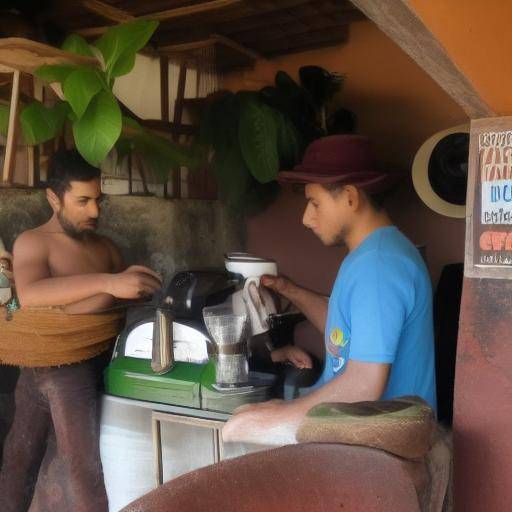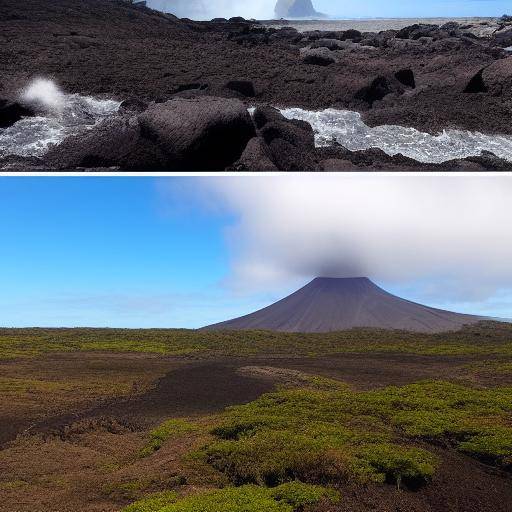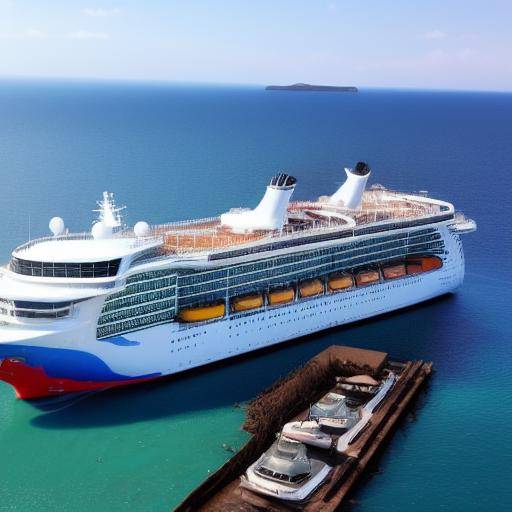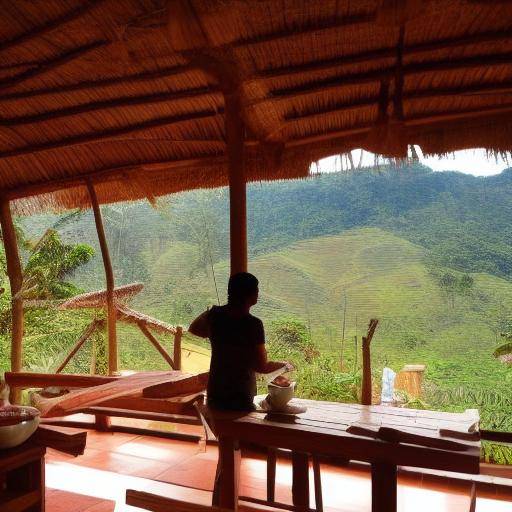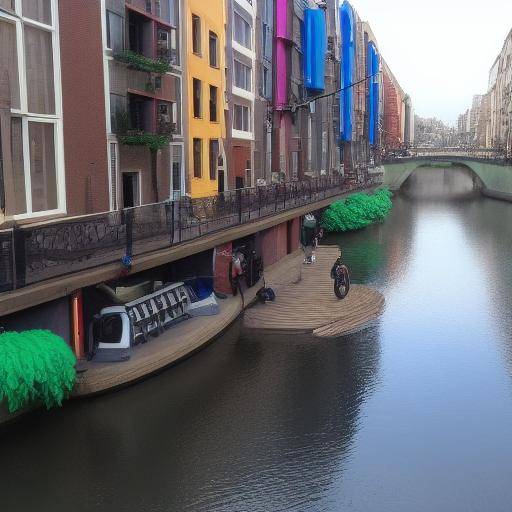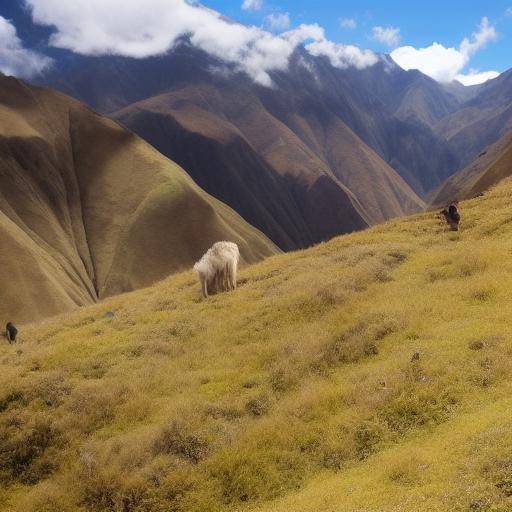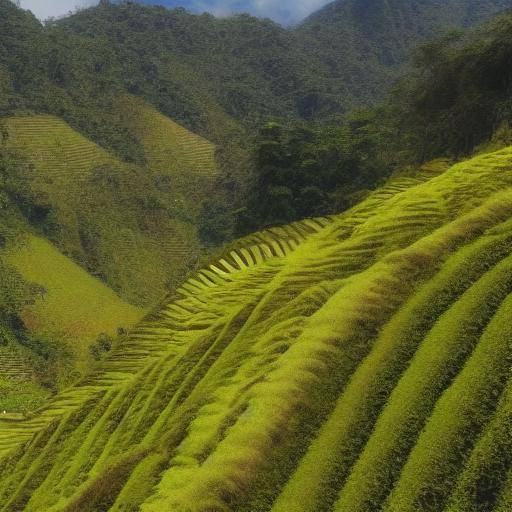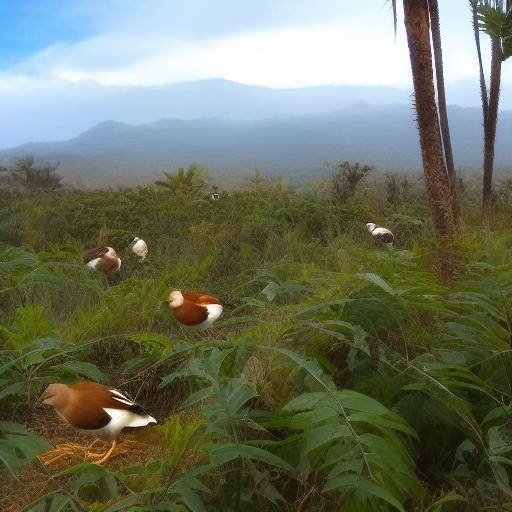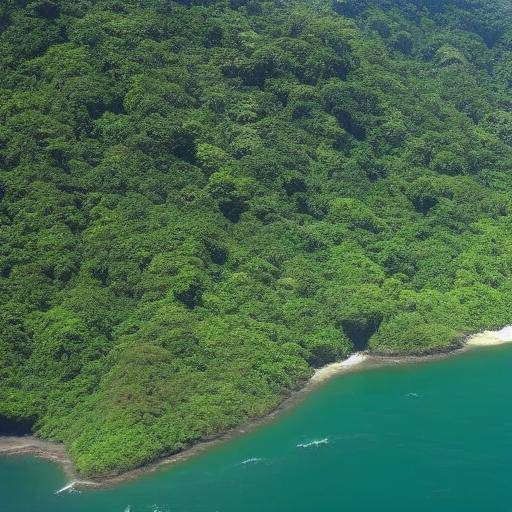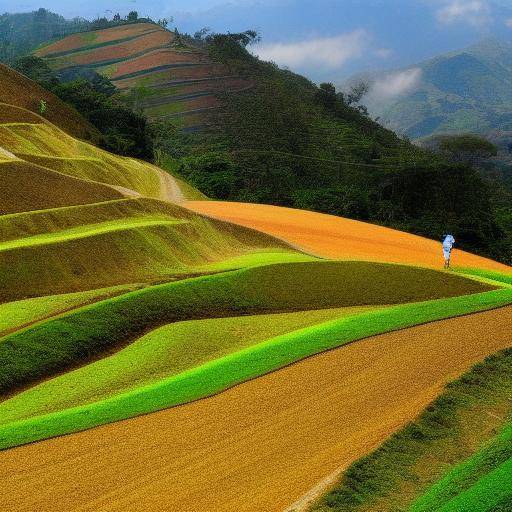
Colombian coffee, ecotourism and coffee culture are fundamental pillars of Colombia's identity and economy. From the green coffee fields to the smoking cup at the table, this coffee route in Colombia leads us to explore the origins, the production process, the environmental and social impacts, as well as the immense cultural wealth surrounding this precious drink. Join us on this journey of discovery and enjoy the aroma and taste of Colombian coffee!
History and Background
The coffee arrived in Colombia in the 18th century, introduced by the Jesuits. However, it was not until the nineteenth century that the country became a world-renowned producer, thanks to the work of small producers and the expansion of industry. Subsequently, the creation of the National Coffee Federation in 1927 consolidated Colombia as one of the world's leading coffee exporters.
Currently, coffee is a central element of the Colombian economy and culture. This cultivation generates employment, promotes rural development and has played a crucial role in building national identity.
Analysis in Deep
Colombian coffee not only gives pleasure to the palate, but also carries challenges and opportunities. The boom of sustainable tourism around coffee, known as ecotourism, has allowed visitors to enter the coffee farms to learn about the production process and enjoy the lush nature surrounding these lands.
The current panorama of Colombian coffee reflects the commitment to sustainability and quality, as well as the concern for the impacts of climate change. The producers seek to innovate in the cultivation, selection and roasting of coffee to preserve their status as one of the best in the world.
Comprehensive review
The culture of coffee in Colombia transcends the mere preparation and consumption of the drink. It is manifested in traditions, music, literature and plastic arts, reflecting the importance of coffee in everyday life and national identity. The "coffee cream" is a social ritual that encourages conversation and strengthens community ties.
Compared to the coffee produced in other parts of the world, Colombian coffee is distinguished by its soft taste, balanced acidity and fruity notes. These qualities have made it a drink coveted by connoisseurs and coffee lovers around the world.
Comparative analysis
The coffee-related ecotourism offers a unique experience in which visitors can participate in the harvest, drying and roasting of coffee, as well as enjoying walks through the jungle and bird watching. This combination of nature tourism and awareness of coffee culture contributes to the sustainable development of local communities.
On the other hand, the culture of coffee in Colombia is permeated with traditions rooted in the country's history. From the legends about the origin of coffee to popular celebrations and festivals, this culture represents a living legacy that is transmitted from generation to generation.
Practical Tips and Accessible Recommendations
If you want to enjoy the experience of Colombian coffee, we recommend visiting the main producing regions such as the Aje Cafetero, Santander or Huila. There, you can delight in spectacular landscapes, learn about the work of the farmers and familiarize yourself with the diversity of varieties and methods of preparation.
When buying Colombian coffee, it seeks certification stamps that guarantee its origin and quality. It supports local producers and contributes to the preservation of this national treasure.
Industry Visions and Expert Reviews
Coffee experts agree that the future of Colombian coffee depends on the adoption of sustainable practices, innovation in the value chain and the promotion of its uniqueness in the global market. The commitment to social and environmental responsibility is crucial to ensuring the long-term viability of coffee production in Colombia and around the world.
Case Studies and Practical Applications
An outstanding example of coffee ecotourism is the "Ruta del Café" in the Axis Cafetero, which offers visitors authentic experiences in traditional farms and activities that integrate the cultural and natural heritage of the region. This initiative has contributed significantly to the economic and social development of local communities, while preserving the coffee legacy.
In addition, numerous restaurants, cafes and shops worldwide have been committed to promoting high-quality Colombian coffee, providing consumers with the possibility of tasting and acquiring premium varieties directly from the source.
Future Trends and Predictions
As the world moves towards sustainability and traceability in the supply chain, Colombian coffee is called to play a crucial role as a benchmark for responsible and ethical production. The demand for coffee of sustainable origin is expected to continue to increase, which represents an opportunity for Colombian producers to stand out in an increasingly conscious and demanding market.
Technological innovations, such as blockchain-based traceability systems, promise to provide transparency and confidence to consumers, allowing them to know for sure the origin and production conditions of their favorite coffee.
Conclusions and FAQs
In conclusion, the coffee route in Colombia leads us to discover the very essence of a country that breathes coffee in every corner. From the height of the mountains to the warmth of its people, Colombian coffee transcends the product to become a symbol of national identity and pride.
Frequently asked questions
**1. What is Colombia's most famous coffee region?**The Axis Cafetero, composed of the departments of Caldas, Quindío, Risaralda and part of the north of the Valle del Cauca, is recognized as the main producing region of coffee in Colombia.
**2. What are the most outstanding Colombian coffee varieties?**Among the most appreciated varieties are the Café de Antioquia, Café de Huila, Café de Nariño and Café de Sierra Nevada.
**3. What is the coffee cultural landscape and why is it important?**The coffee cultural landscape is a World Heritage Site declared by UNESCO, which highlights the harmonious relationship between the coffee and the natural, cultural and social landscape of the region.
**4. How can I identify quality Colombian coffee?**Find brands with certifications such as Protected Origin Denomination (DOP) or Café de Colombia, which guarantee the authenticity and quality of coffee.
**5. What are the sustainable production practices in the coffee industry?**Sustainable practices include agroecology, responsible water management, reforestation and support to the poppy communities.
**6. What is the impact of Colombian coffee internationally?**Colombian coffee projects an image of quality, sustainability and cultural wealth, positing as a benchmark in the global market and contributing to the economic and social development of the country.
In short, the coffee route in Colombia is a fascinating journey that invites us to explore history, care for the environment, and the passion that permeates the coffee culture. Now that you have known more about this wonderful journey, do you dare to immerse yourself in the Colombian coffee experience?

